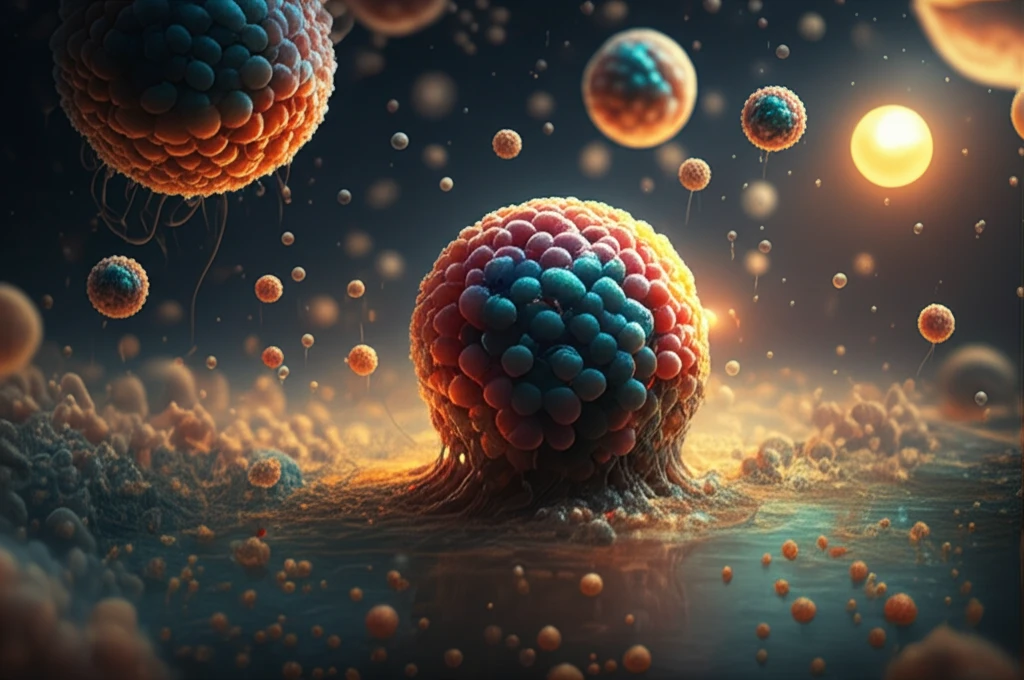
Tiny Particles, Big Impact: How Nanotechnology is Revolutionizing Water Treatment & Fighting Germs
"Explore the groundbreaking research into SiO2 doped Fe2O3 nanoparticles, offering a sustainable solution for antimicrobial resistance and environmental cleanup."
In a world grappling with increasing environmental concerns and the rise of antibiotic-resistant bacteria, scientists are turning to innovative solutions at the nanoscale. Nanotechnology, the manipulation of matter on an atomic and molecular scale, is offering promising tools to tackle some of humanity's most pressing challenges. One area of particular interest is the development of metal oxide nanoparticles for water treatment and antimicrobial applications.
Metal oxide nanoparticles, such as those made from iron oxide (Fe2O3) and silica (SiO2), possess unique properties that make them ideal for these tasks. Their incredibly small size gives them a large surface area, enhancing their ability to interact with pollutants and microorganisms. Researchers have been exploring different methods to synthesize these nanoparticles and optimize their performance, aiming to create efficient, cost-effective, and sustainable solutions.
Recent research has focused on creating SiO2 doped Fe2O3 nanoparticles, combining the properties of both materials to enhance their photocatalytic and antimicrobial activities. These nanoparticles are synthesized using various methods, and their effectiveness is evaluated against a range of bacterial and fungal strains. The goal is to develop nanoparticles that can efficiently degrade pollutants in water and combat harmful microorganisms, providing a double-edged sword against environmental and health threats.
What are SiO2 doped Fe2O3 Nanoparticles and How are They Made?

SiO2 doped Fe2O3 nanoparticles are composite materials where iron oxide (Fe2O3) is combined with silica (SiO2) at the nanoscale. This combination enhances the properties of both materials, making them more effective for specific applications. The doping process involves incorporating silica into the iron oxide structure during synthesis.
- Solvents: Acetonitrile, n-hexane, and isoamyl alcohol are common solvents used in the synthesis process.
- Co-precipitation: A method where the materials are mixed and precipitated out of a solution.
- Calcination: A heat treatment process (e.g., at 500°C) to improve the crystallinity and stability of the nanoparticles.
The Future is Nano
The development and application of SiO2 doped Fe2O3 nanoparticles hold significant promise for addressing environmental and health challenges. As research continues, optimizing the synthesis methods and understanding the long-term impacts of these nanomaterials will be crucial for realizing their full potential. With ongoing efforts, nanotechnology offers a sustainable and effective approach to improving water quality and combating antimicrobial resistance, paving the way for a healthier and cleaner future.
